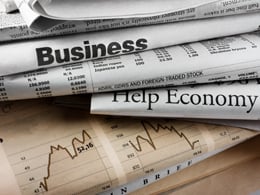Looking back over the past couple of weeks, my overall approach has been one of looking at the big picture rather than the details. And when you do that, the big picture is actually quite good. In many ways, we are in a boom time like we haven’t seen since the 1990s. I know that goes substantially against the narrative out there, and there are important differences. But there are also more similarities than you might expect given the news coverage.














